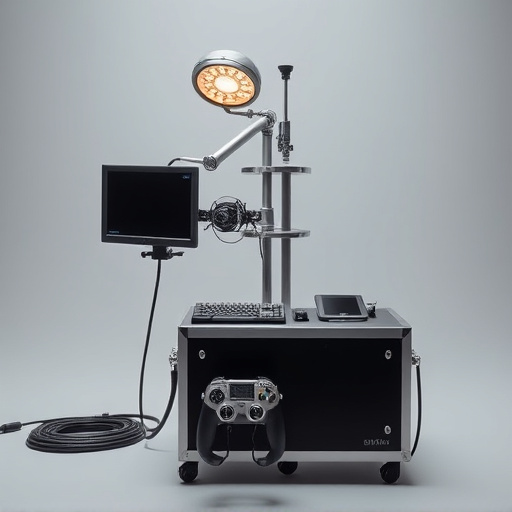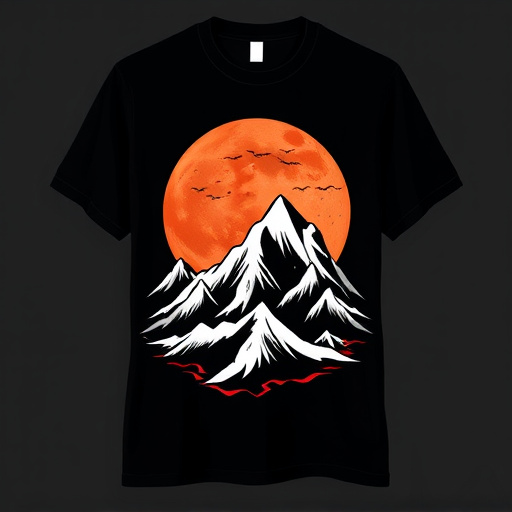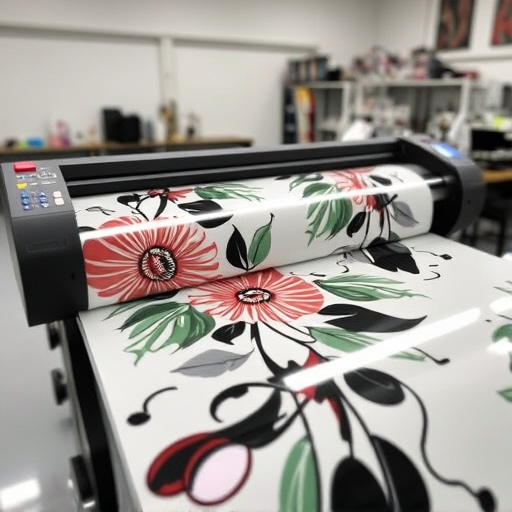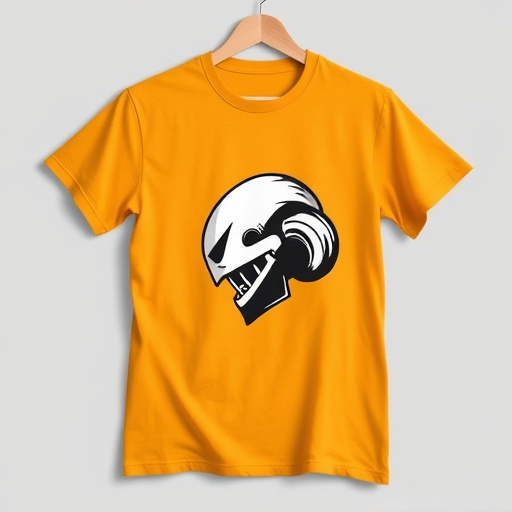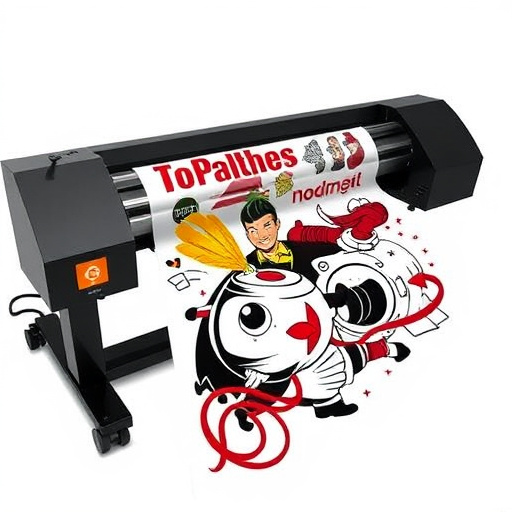DTF transfer benefits revolutionize custom t-shirt design with swift, high-quality alternatives to traditional screen printing. This technology allows artists to create intricate prints with vibrant details on various materials, streamlining the process and ensuring consistent quality. DTF is a versatile solution for bulk production, offering cost-effective personalized garments with unique designs, accessible globally to small businesses, artists, and individuals. Best practices include selecting suitable materials, pre-treating fabrics, ensuring design resolution, and maintaining equipment for optimal results.
“Unleash the power of DTF Transfer Benefits in custom design and elevate your creative process. This article guides designers through the intricacies of understanding and utilizing DTF (Direct to Fabric) technology for unique, personalized projects. Learn when DTF is the perfect fit for customization, explore best practices to ensure successful implementation, and unlock the full potential of this innovative method. Discover how DTF Transfer Benefits can transform your designs into tangible, one-of-a-kind creations.”
- Understanding DTF Transfer Benefits for Designers
- When DTF Is the Ideal Choice for Customization
- Best Practices for Effective DTF Implementation
Understanding DTF Transfer Benefits for Designers
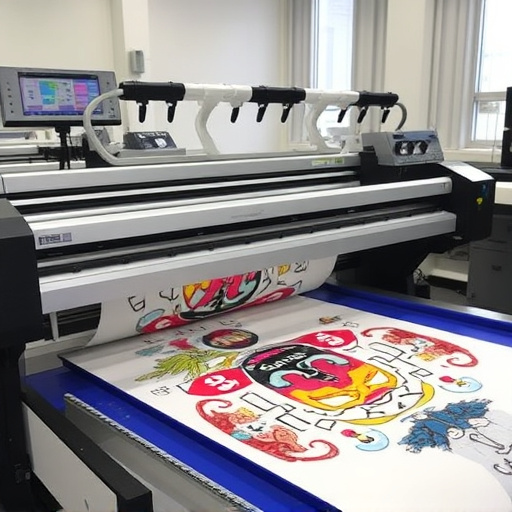
Understanding DTF Transfer Benefits for Designers
DTF (Direct-to-Film) transfer benefits offer a game-changing approach for custom t-shirt designers. This technology allows artists to create intricate, high-quality prints with ease and speed. By eliminating the need for traditional screen printing methods, DTF printing becomes a compelling option for those looking to streamline their design process. With its ability to produce vibrant, detailed dtf prints, it opens up new creative possibilities for custom apparel.
Whether you’re a seasoned graphic designer or just starting in the custom t-shirt game, leveraging DTF Transfer Benefits can significantly enhance your workflow. A direct-to-film printer enables designers to quickly transfer designs onto various materials, ensuring consistent quality and saving valuable time. This versatility makes it an attractive solution for those seeking efficient and effective ways to bring their artistic visions to life on custom garments.
When DTF Is the Ideal Choice for Customization
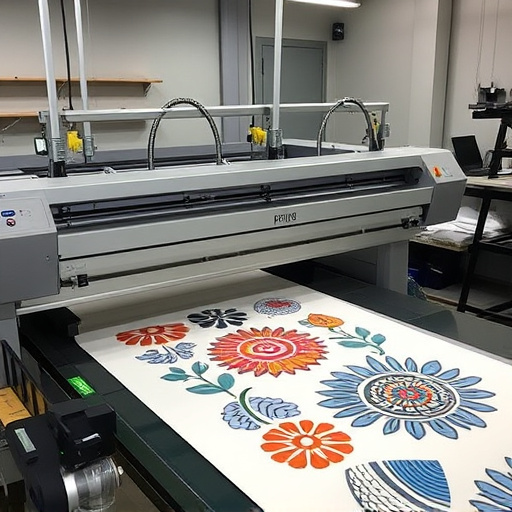
When considering custom design options, Digital Transfer Film (DTF) stands out as an ideal choice for several reasons. Its versatility and efficiency make it a game-changer in the world of custom T-shirt production and other textiles. DTF offers numerous benefits, especially when bulk production is involved. This method allows designers to create intricate, detailed designs with ease, ensuring every element is crisp and vibrant, even at high print volumes.
For custom DTF transfers, this process is particularly advantageous as it enables the creation of unique, personalized garments without compromising on quality. Whether it’s a simple logo or a complex illustration, DTF can reproduce them accurately, making it perfect for small businesses, artists, and individuals looking to bring their creative visions to life on various materials. The bulk production capabilities also make it cost-effective, ensuring high-quality custom designs are accessible to all.
Best Practices for Effective DTF Implementation
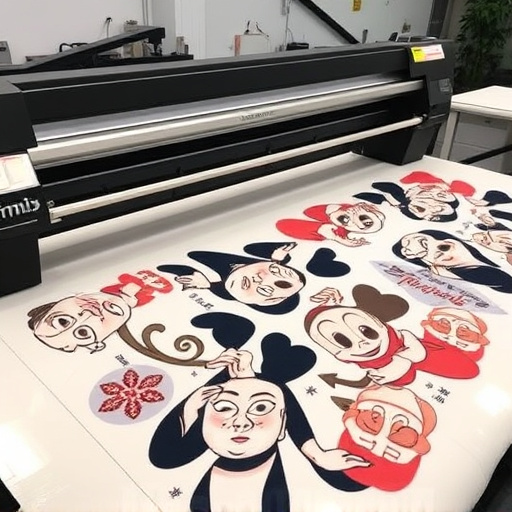
When implementing DTF (Direct to Fabric) transfer benefits in custom design, best practices are key to ensuring optimal results. Start by selecting high-quality materials and inks suitable for your desired fabric type. This choice directly impacts print precision and longevity. Pre-treating fabrics appropriately prepares them for printing, enhancing ink adhesion and washfastness. Ensure your designs are resolution-ready, with sharp lines and clear imagery, as this translates to crisp, detailed prints.
For DTF applications in custom graphic tees or apparel, consider the design’s scale and positioning. Complex artwork may require larger print areas and careful layout planning. Test different techniques, such as layering colors or using specialty inks, to achieve unique effects. Regularly cleaning and maintaining your printing equipment is vital, guaranteeing consistent performance and output quality. These practices contribute to successful DTF implementation, enabling you to offer clients top-quality custom dtf transfers.
DTF (Direct to Fabric) transfer benefits offer a versatile and efficient solution for custom design, particularly when speed and cost-effectiveness are key. By understanding its advantages and best practices, designers can leverage DTF for successful customization projects, ensuring high-quality results with minimal hassle. When choosing DTF, consider its ideal applications, such as small batch runs or rapid prototyping, to maximize efficiency and maintain a competitive edge in the market.








